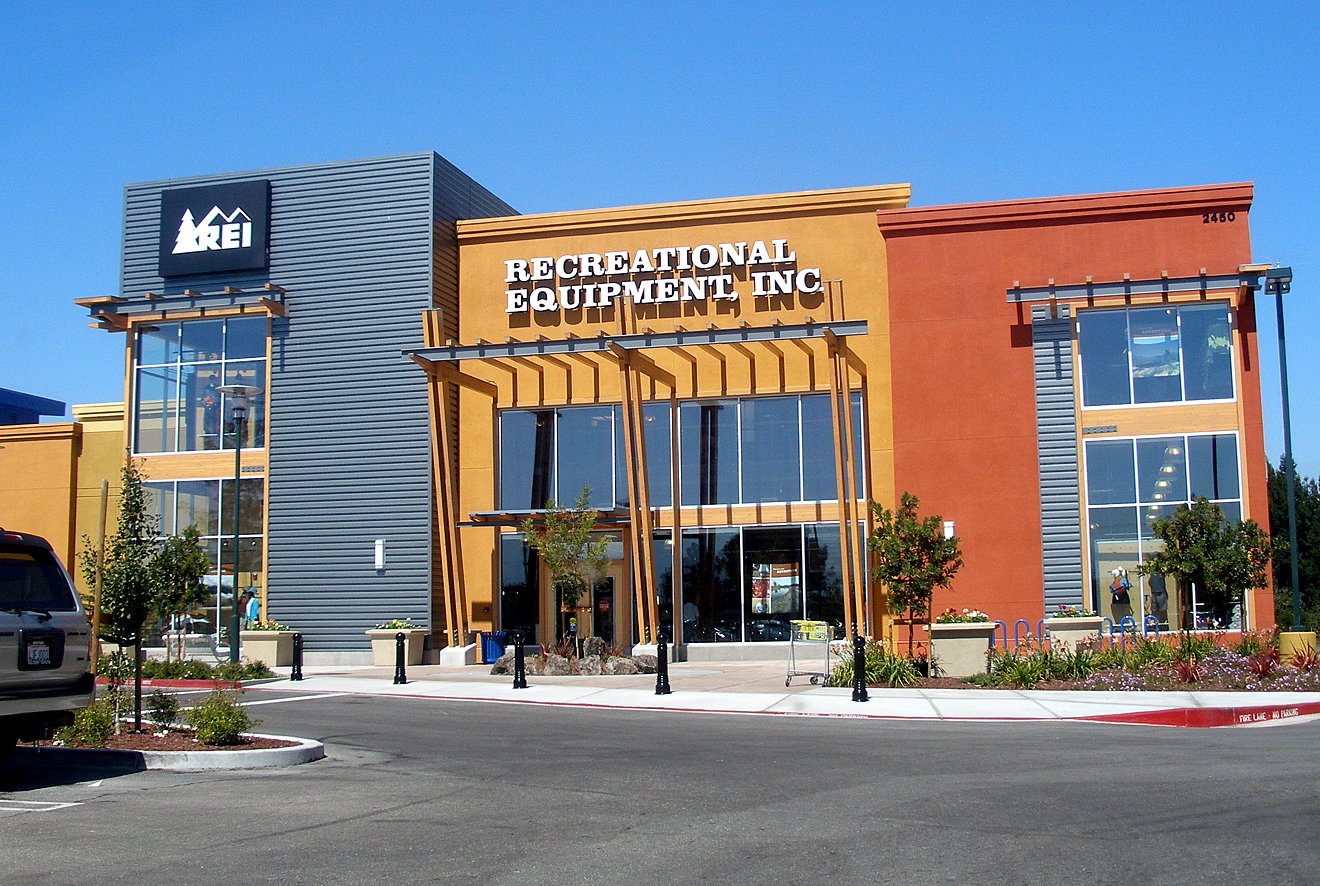You’ve hired a manager. Someone to help you run the day-to-day operations of your business. Someone to be in charge when you aren’t there. Someone to handle personnel issues and make sure all the tasks like stocking, straightening, cleaning, and serving the customers gets done. Someone to schedule (and train) the staff. Someone to give you the free time to do your jobs of buying inventory and drawing traffic and crunching numbers and plotting strategy.
You want a manager who is Reliable, Hard-Working, and Decisive.
You want a manager who is Compassionate, Empathetic, and Service-Oriented.
You want a manager who can build a Team, Communicate Effectively, Teach and Resolve Conflicts.
They have to bring some of those skills to the table. That last line of skills can be taught.
Here is the program I have designed to teach those teachable skills to you and/or your managers.
 First we’ll start off the morning by doing some Team Building exercises, both to break the ice, and to show you how to incorporate such exercises into your training programs. You’ll learn a handful of activities you can run yourself, including how to choose the right activity for the level of your group, the steps necessary to build a team the right way, and the techniques used to apply the lessons from the activities to the actual workplace. This is the stuff big corporations pay big bucks for. This is the stuff I did almost exclusively in the late 80’s and early 90’sand incorporated into all my staff trainings over the years at Toy House.
First we’ll start off the morning by doing some Team Building exercises, both to break the ice, and to show you how to incorporate such exercises into your training programs. You’ll learn a handful of activities you can run yourself, including how to choose the right activity for the level of your group, the steps necessary to build a team the right way, and the techniques used to apply the lessons from the activities to the actual workplace. This is the stuff big corporations pay big bucks for. This is the stuff I did almost exclusively in the late 80’s and early 90’sand incorporated into all my staff trainings over the years at Toy House.
Second, we’ll spend some time doing Communication exercises that help you become a better listener and a better, more clear communicator. You’ll learn how to make yourself easier to understand, how to persuade people to see your point of view, and how to get your directions followed more precisely. Poor communication is most often the cause of breakdowns of teams. It starts with you. Get this right and you have won more than half the battle.
That will get us to lunch. We’ll take a break.
After lunch we’ll delve into identifying and fixing problems. You’ll learn how to settle Conflicts between staff members that makes everyone feel valued. You’ll learn how to get others to buy-in to your philosophies and ways of doing things. (You’ll learn skills that top FBI negotiators use to always get their way even while creating a win-win situation.) Plus, you’ll learn how to keep your team motivated to do their best work. Here’s a big hint – money is not the only or even the best motivator. In fact it ranks fourth. You’ll learn the other three in this class.
Finally, you’ll design your own training programs both for new hires and for continued training & development of your current team. You’ll learn skills that help you Teach in a way that everyone remembers. Some people are born to teach. Others have to learn. You can learn.
If you are the owner and you have a manager…
Ask yourself how much time you would save having a manager trained in those skills.
Ask yourself how many headaches you would save having a manager trained in those skills.
Ask yourself how much money you would save having a manager trained in those skills.
Ask yourself, would you be willing to give up your manager for just one day to save all that time and money and headaches?
The first SPOTLIGHT ON MANAGERIAL SUCCESS class will be in Jackson, MI on Wednesday, April 26 from 8am to 4pm.
Because this is the inaugural class, the regular price of $250/business has been lowered to only $50/person. Yes, only $50/person!
 I am offering it through the Jackson Retail Success Academy™ in association with Spring Arbor University. The class will take place in the Hosmer Center for Entrepreneurship at the SAU Downtown Jackson campus. (Take this class and you’ll become a JRSA™ Alumni which gets you discounted pricing on many other JRSA™ offerings.)
I am offering it through the Jackson Retail Success Academy™ in association with Spring Arbor University. The class will take place in the Hosmer Center for Entrepreneurship at the SAU Downtown Jackson campus. (Take this class and you’ll become a JRSA™ Alumni which gets you discounted pricing on many other JRSA™ offerings.)
Space is limited to the first 18 people to register. Click here to sign up today.
-Phil Wrzesinski
www.PhilsForum.com
PS If you’re not in Jackson or can’t easily get to Jackson, get in touch and we’ll figure out how to do this training closer to your home.
PPS If you’re not sure if you should take this class, answer this question. Do you manage three or more people? If you said Yes, take this class.







 Here are two lessons you can take from this.
Here are two lessons you can take from this.
